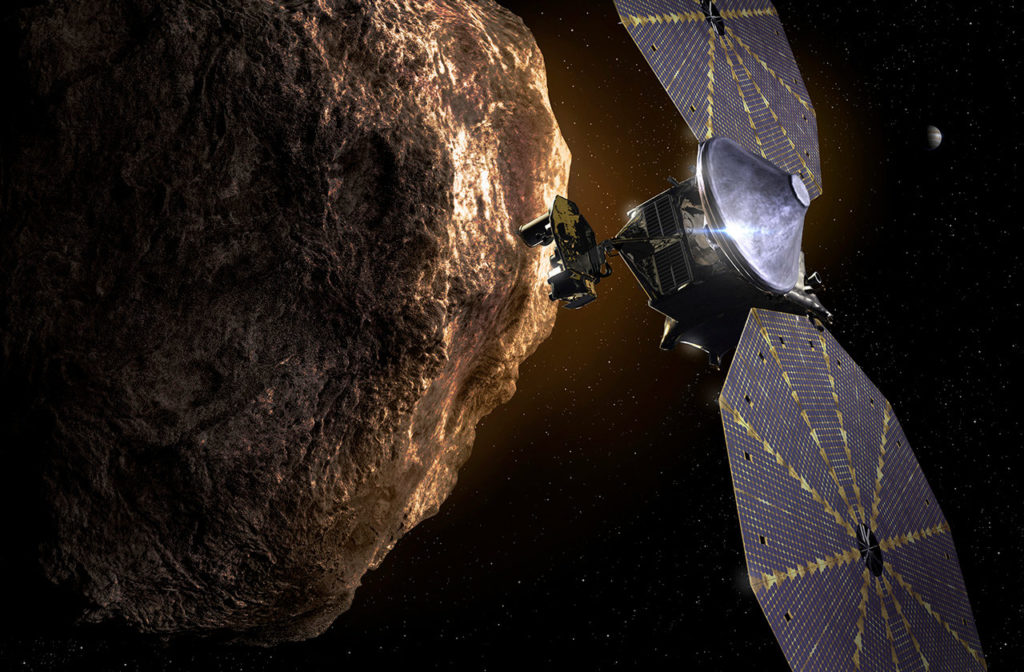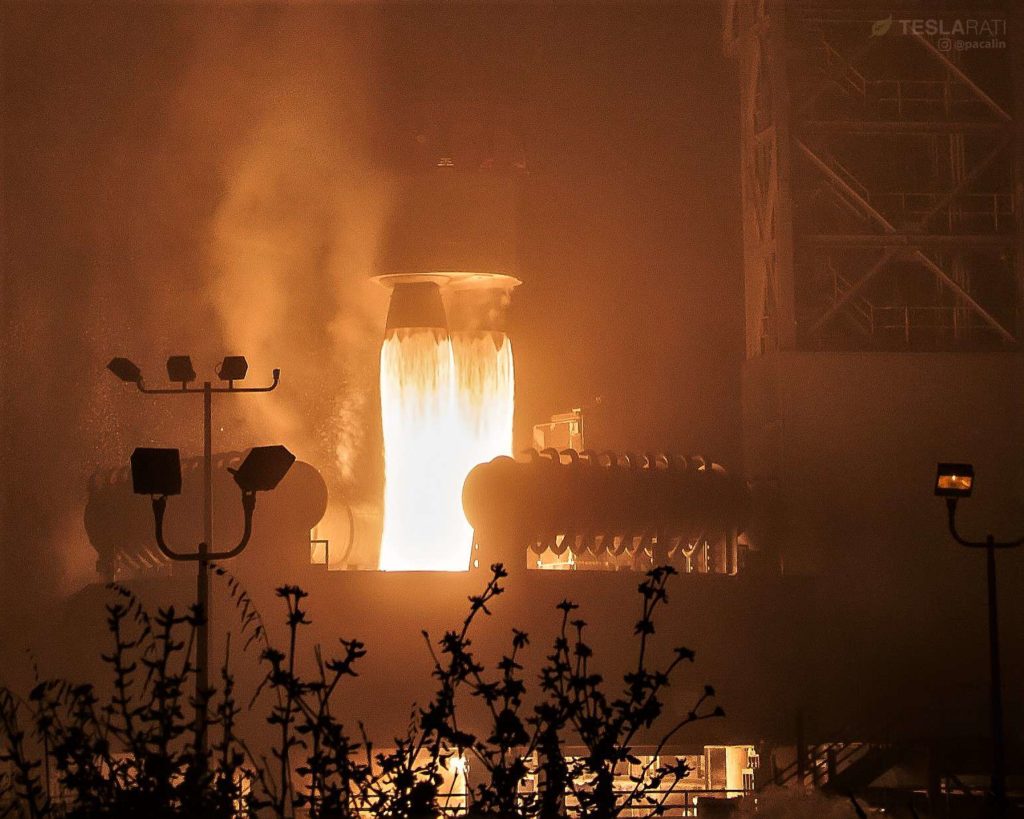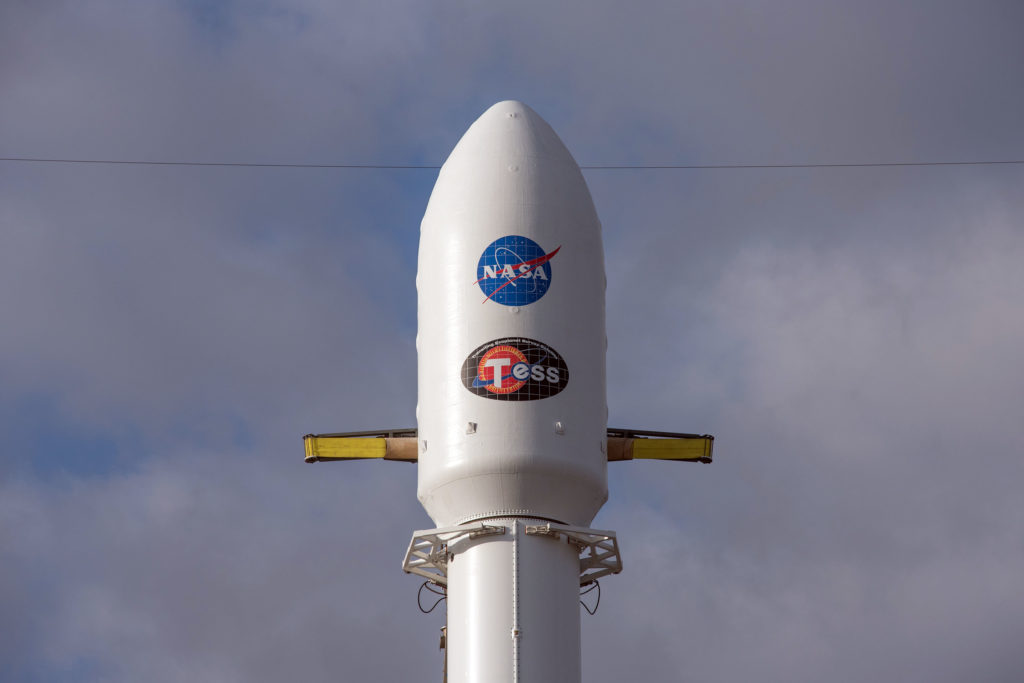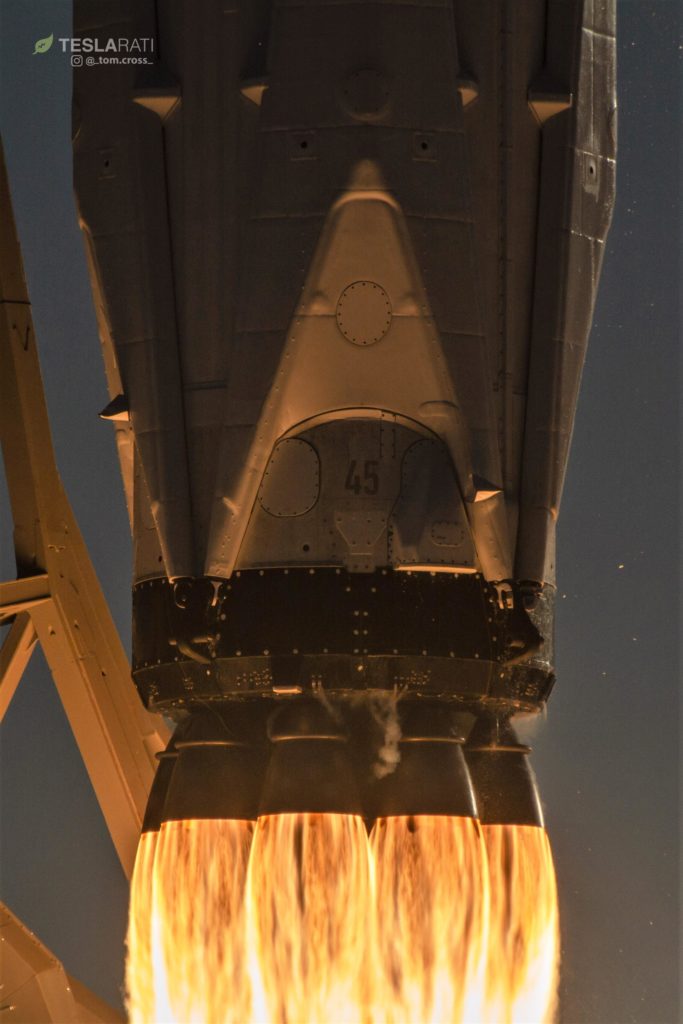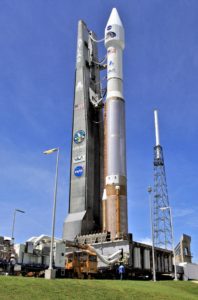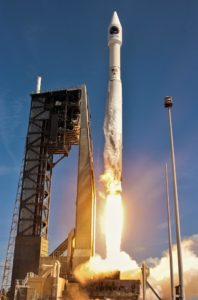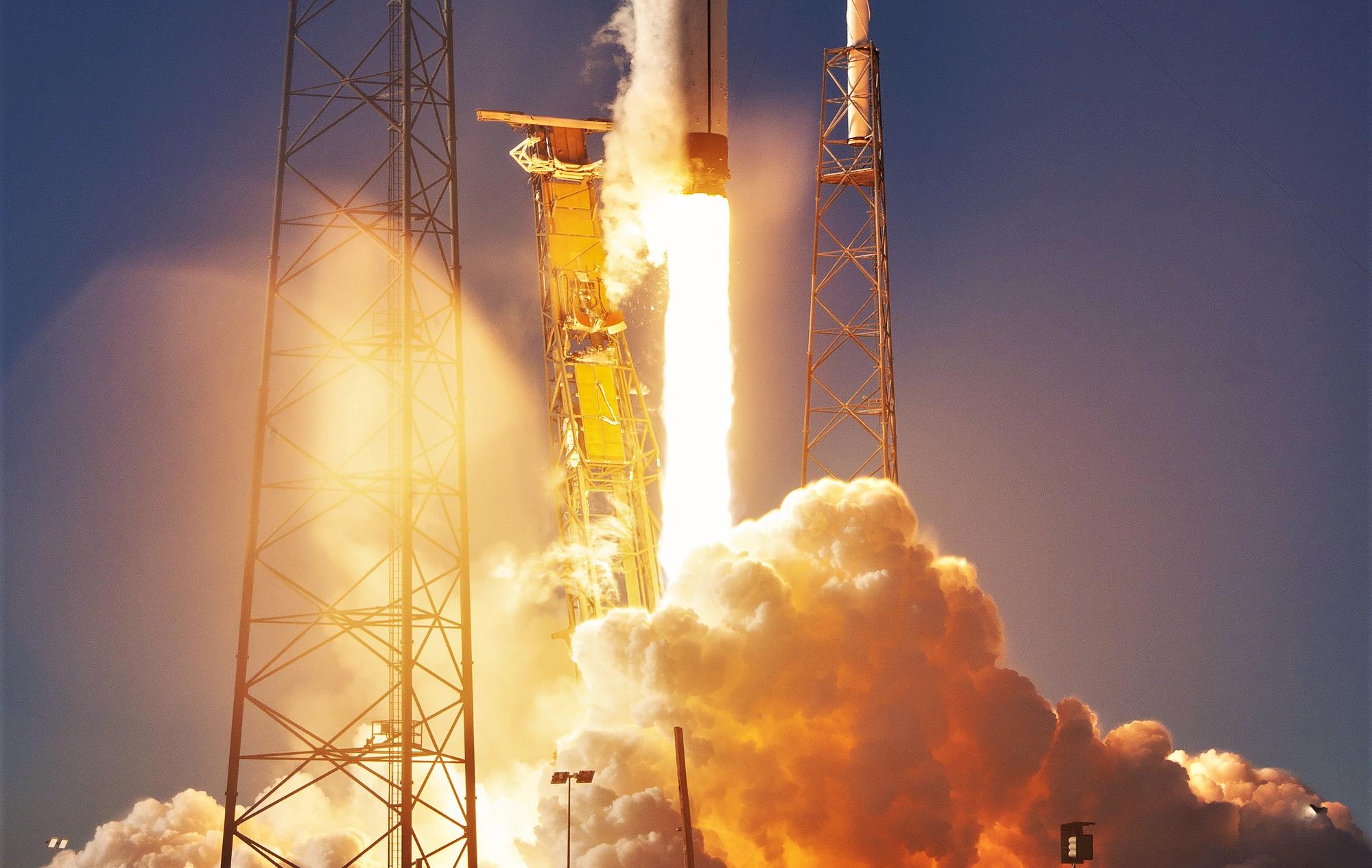
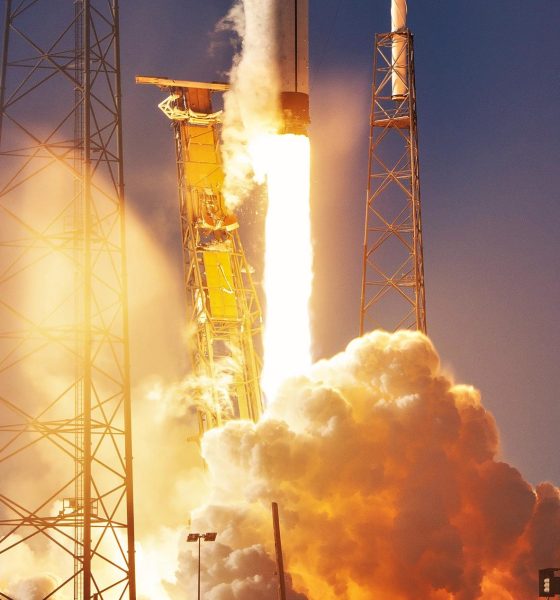
SpaceX
SpaceX calls ULA NASA launch contract “vastly” overpriced in official protest
SpaceX has filed an official protest with the US Government Accountability Office (GAO) after NASA awarded competitor United Launch Alliance a launch contract for Lucy, an interplanetary probe meant to explore a belt of unique asteroids clustered around Jupiter’s orbital swath.
Announced on January 31st, SpaceX believes that NASA made a decision counter to the best interests of the agency and US taxpayers by rewarding ULA the Lucy launch contract at a cost of $148M, a price that the company deemed “vastly more [expensive]” than the bid it submitted for the competition.
Updated our story on SpaceX’s GAO protest of a NASA launch contract with comments from both NASA and ULA. https://t.co/qqCsnNatu0
— Jeff Foust (@jeff_foust) February 14, 2019
With performance roughly equivalent to SpaceX’s Falcon 9 Block 5 rocket in a reusable configuration when launching from low Earth orbit (LEO) up to geostationary transfer orbit (GTO), ULA’s Atlas V 401 variant is the simplest version of the rocket family with the lowest relative performance, featuring no solid rocket boosters. According to the company’s “RocketBuilder” tool, Atlas V 401 was listed with a base price of $109M in 2017. SpaceX’s Falcon 9 is listed with a base price of $62M for a mission with booster recovery, while the rocket’s highest-value expendable launch (for a USAF GPS III satellite worth ~$530 million) was awarded at a cost of $83M, with three subsequent GPS III launch contracts later awarded for ~$97M apiece.
Relative to almost any conceivable near-term launch contract on the horizon, SpaceX’s GPS III launch contracts act as a sort of worst-case price tag for Falcon 9, where the customer requires extraordinary mission assurance and the entire rocket has to be expended during the launch. Put in another way, NASA would likely be able to get the reliability, performance, and mission assurance it wants/needs from Falcon 9 for perhaps $50M less than the cost of ULA’s proposed launch, equivalent to cutting more than a third off the price tag. Part of NASA’s Discovery Program, the Lucy spacecraft will be capped at $450M excluding launch costs, meaning that choosing SpaceX over ULA could singlehandedly cut the mission’s total cost by a minimum of 8-10%.
- A mockup of NASA’s proposed Lucy spacecraft. (NASA)
- NASA’s InSight lifts off atop Atlas V 401, March 2018. (Pauline Acalin)
- A panorama of Atlas V 401, March 2018. (Pauline Acalin)
- SpaceX and NASA’s most recent science spacecraft launch, TESS. (SpaceX)
- After launching in April 2018, B1045 landed on OCISLY and is being refurbished for a second launch in just 5 days, on June 29. (Tom Cross)
“Since SpaceX has started launching missions for NASA, this is the first time the company has challenged one of the agency’s award decisions. SpaceX offered a solution with extraordinarily high confidence of mission success at a price dramatically lower than the award amount, so we believe the decision to pay vastly more to Boeing and Lockheed for the same mission was therefore not in the best interest of the agency or the American taxpayers.” – SpaceX, February 13th, 2019
The fact remains that the Lucy mission does face a uniquely challenging launch trajectory, offering just a single launch window of roughly three weeks, after which the mission as designed effectively becomes impossible. Missing that window could thus end up costing NASA hundreds of millions of dollars in rework and delays, if not triggering the mission’s outright cancellation. NASA and ULA thus couched the launch contract award and ~50% premium in terms of what ULA argues is Atlas V’s “world-leading schedule certainty”. Excluding ULA’s other rocket, Delta IV, Atlas V does have a respectable track record of staying true to its contracted launch targets. However, SpaceX’s Falcon 9 “schedule certainty” continues to improve as the launch vehicle matures.
Admittedly, while Falcon 9 has gotten far better at reliably launching within 5-10 days of its on-pad static fire test, SpaceX has continued to struggle to launch payloads within a week or two of customer targets. Regardless, October 2021 is more than two and a half years away, giving SpaceX an inordinate amount of time and dozens upon dozens of manifested Falcon 9 launches to reach a level of operational maturity and design stability comparable to Atlas V, a rocket that has changed minimally over the course of 16+ years and 79 launches.
- An Atlas V 401 rocket lifts off in 2017. (ULA)
- Falcon 9 B1046 prepares for its third launch and recovery, December 2018. (SpaceX)
- Falcon 9 B1046 is pictured here landing after its third successful launch in December 2018 – the first SpaceX rocket to cross that reusability milestone. (SpaceX)
In October 2010, NASA awarded ULA a contract valued at $187M to launch its MAVEN Mars orbiter on Atlas V 401. In December 2013, ULA won a $163M contract to launch NASA’s InSight Mars lander on Atlas V 401. In January 2019, ULA was awarded a contract for NASA’s Lucy spacecraft, priced at $148.3M for a 2021 Atlas V 401 launch. Put simply, barring ULA using a dartboard and blindfold to determine launch contract pricing or aggressive reverse-inflation, SpaceX’s very existence already stokes the flames of competition, particularly when launch contracts are directly competed by their parent agencies or companies.
Whether or not SpaceX’s protest is entirely warranted or ends up amounting to anything, it can be guaranteed that the fact that SpaceX was there to compete with ULA at all forced the company to slash anywhere from $20-40M from the price it would have otherwise gladly charged NASA. Another ~$50M saved would certainly not be the worst thing to happen to the US taxpayer, but it’s also not the end of the world.
Check out Teslarati’s newsletters for prompt updates, on-the-ground perspectives, and unique glimpses of SpaceX’s rocket launch and recovery processes!

Elon Musk
Elon Musk’s Biggest Revelations on AI, Robots, and the Future of Work from the Moonshots Podcast

Elon Musk’s appearance on the Moonshots with Peter Diamandis podcast was packed with bold predictions, candid admissions, and surprising tech insights. The nearly three-hour conversation covered everything from artificial intelligence to humanoid robots, geopolitics, and the future of work. Here are the top 10 most intriguing takeaways:
-
Aggressive AGI Timeline Predictions
Musk offered a detailed view on when artificial general intelligence (AGI) could emerge, suggesting it may arrive sooner than many expect, emphasizing both transformative potential and risks.
-
U.S. vs. China in the AI Race
He discussed the strategic competition between the United States and China over AI development, noting that geopolitical dynamics will shape how and who leads in the next decades.
-
Future of Job Markets
Musk touched on how AI and automation could reshape employment, predicting massive boosts in productivity alongside potential disruptions in traditional work structures.
-
Clean Energy Transition
A recurring theme was the role of clean energy in future economies, with Musk reiterating the importance of scaling sustainable power generation and storage.
-
Humanoid Robots Are Coming
On the podcast, Musk elaborated on Tesla’s work on humanoid robots, hinting at timelines and applications that go beyond factories to general-purpose assistance.
-
Tesla Roadster “Last Human-Driven Car”
Outside the core discussion topics, Musk teased features of the upcoming Tesla Roadster — calling it “the best of the last of the human-driven cars” and suggesting safety won’t be its main selling point.
-
The Role of AI in Clean Energy and Robotics
Linking AI to both energy optimization and robotics, Musk explained how smarter systems could accelerate decarbonization and task automation across industries.
-
U.S. Innovation Leadership
Musk argued that maintaining American leadership in key tech sectors like AI, space, and robotics should be a national priority, with thoughtful policy and investment.
-
Job Creation vs. Job Elimination
While acknowledging automation’s disruptive effects, he also outlined scenarios where new industries and opportunities could emerge, particularly in AI, space, and advanced manufacturing.
-
Long-Term Vision for Humanity
Throughout the conversation, Musk revisited his long-term philosophical views — including a belief in humanity’s responsibility to become a multi-planetary and technologically empowered species.
Whether you agree with Musk’s optimism or not, the podcast offers a window into the thinking of one of the most influential figures in tech today, in and why his visions continue to spark debate and inspiration.
Elon Musk
Starlink achieves major milestones in 2025 progress report
Starlink wrapped up 2025 with impressive growth, adding more than 4.6 million new active customers and expanding service to 35 additional countries, territories, and markets.

Starlink wrapped up 2025 with impressive growth, adding more than 4.6 million new active customers and expanding service to 35 additional countries, territories, and markets. The company also completed deployment of its first-generation Direct to Cell constellation, launching over 650 satellites in just 18 months to enable cellular connectivity.
SpaceX highlighted Starlink’s impressive 2025 progress in an extensive report.
Key achievements from Starlink’s 2025 Progress
Starlink connected over 4.6 million new customers with high-speed internet while bringing service to 35 more regions worldwide in 2025. Starlink is now connecting 9.2 million people worldwide. The service achieved this just weeks after hitting its 8 million customer milestone.
Starlink is now available in 155 markets, including areas that are unreachable by traditional ISPs. As per SpaceX, Starlink has also provided over 21 million airline passengers and 20 million cruise passengers with reliable high-speed internet connectivity during their travels.
Starlink Direct to Cell
Starlink’s Direct to Cell constellation, more than 650 satellites strong, has already connected over 12 million people at least once, marking a breakthrough in global mobile coverage.
Starlink Direct to Cell is currently rolled out to 22 countries and 6 continents, with over 6 million monthly customers. Starlink Direct to Cell also has 27 MNO partners to date.
“This year, SpaceX completed deployment of the first generation of the Starlink Direct to Cell constellation, with more than 650 satellites launched to low-Earth orbit in just 18 months. Starlink Direct to Cell has connected more than 12 million people, and counting, at least once, providing life-saving connectivity when people need it most,” SpaceX wrote.
Elon Musk
Starlink passes 9 million active customers just weeks after hitting 8 million
The milestone highlights the accelerating growth of Starlink, which has now been adding over 20,000 new users per day.

SpaceX’s Starlink satellite internet service has continued its rapid global expansion, surpassing 9 million active customers just weeks after crossing the 8 million mark.
The milestone highlights the accelerating growth of Starlink, which has now been adding over 20,000 new users per day.
9 million customers
In a post on X, SpaceX stated that Starlink now serves over 9 million active users across 155 countries, territories, and markets. The company reached 8 million customers in early November, meaning it added roughly 1 million subscribers in under seven weeks, or about 21,275 new users on average per day.
“Starlink is connecting more than 9M active customers with high-speed internet across 155 countries, territories, and many other markets,” Starlink wrote in a post on its official X account. SpaceX President Gwynne Shotwell also celebrated the milestone on X. “A huge thank you to all of our customers and congrats to the Starlink team for such an incredible product,” she wrote.
That growth rate reflects both rising demand for broadband in underserved regions and Starlink’s expanding satellite constellation, which now includes more than 9,000 low-Earth-orbit satellites designed to deliver high-speed, low-latency internet worldwide.
Starlink’s momentum
Starlink’s momentum has been building up. SpaceX reported 4.6 million Starlink customers in December 2024, followed by 7 million by August 2025, and 8 million customers in November. Independent data also suggests Starlink usage is rising sharply, with Cloudflare reporting that global web traffic from Starlink users more than doubled in 2025, as noted in an Insider report.
Starlink’s momentum is increasingly tied to SpaceX’s broader financial outlook. Elon Musk has said the satellite network is “by far” the company’s largest revenue driver, and reports suggest SpaceX may be positioning itself for an initial public offering as soon as next year, with valuations estimated as high as $1.5 trillion. Musk has also suggested in the past that Starlink could have its own IPO in the future.
